Film experts say that the continued use and future use of drones has the potential to open up new possibilities in filmmaking in much the same fashion as lightweight cameras did in the 1960s and the Steadicam in the 1970s. “Drones are like a Steadicam that can operate 200 feet up in the air…it’s an entirely new vernacular in the language of filmmaking,” according to Michael Chambliss of the International Cinematographers Guild (Verrier, par. 10). Indeed, a key feature of drones is not only their ability to fly and maneuver in tight spaces, but also that they provide stability in the air.
An example of a recent drone is the Omcopter, which is the first drone able to anchor the highly-regarded Red Epic camera (The same camera used in Peter Jackson’s Hobbit trilogy as well as in recent Messiah productions including Thornbird and Oak Bones). The Red Epic, a digital cinema camera possessing a dynamic range of 18 f-stops and able to record resolutions up to 5K and a frame rate of 300 frames per second, is unsurprisingly a highly-sought after hot-piece in the filmmaking world. The development of the Omcopter drone has allowed filmmakers to expand the Red’s cinematic capabilities by shooting elegantly from hundreds of feet in the air, providing highly stable shots for filmmakers and audiences. Peter Jackson himself even used the drone in the filming of The Hobbit (2012).
OMCOPTER - Flying Epic from omstudios on Vimeo.
WORKS CITED
Verrier, Richard. “Drones are providing film and TV viewers a new perspective on the
action.” LA Times. 8 Oct. 2015. 25 Apr. 2016. Web. <http://www.latimes.com/entertainment/envelope/cotown/la-et-ct-drones-hollywood-20151008-story.html>.

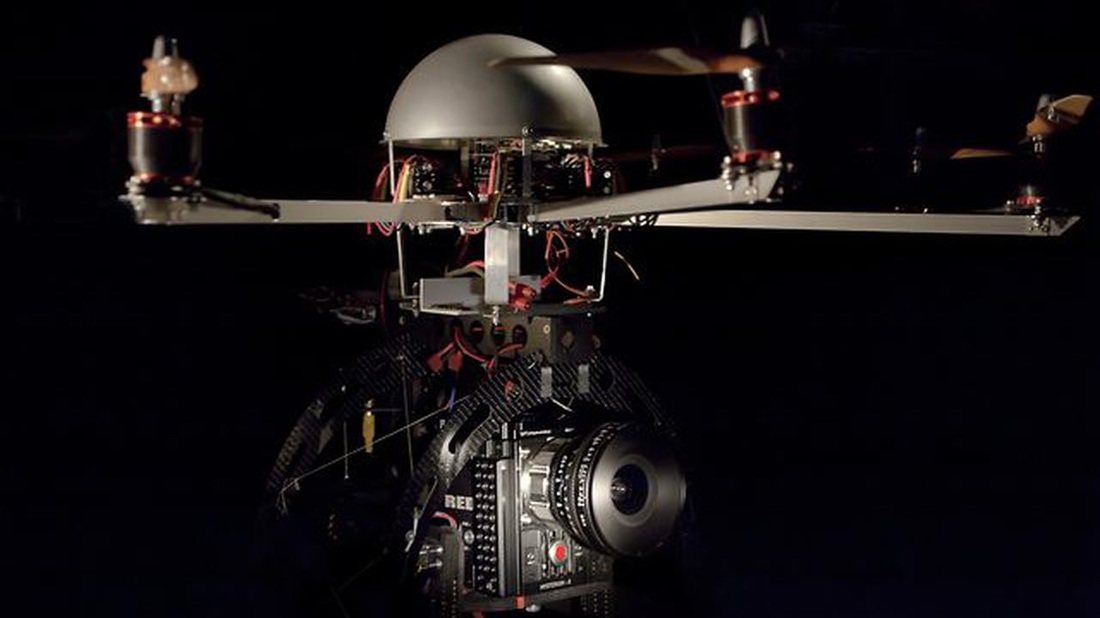

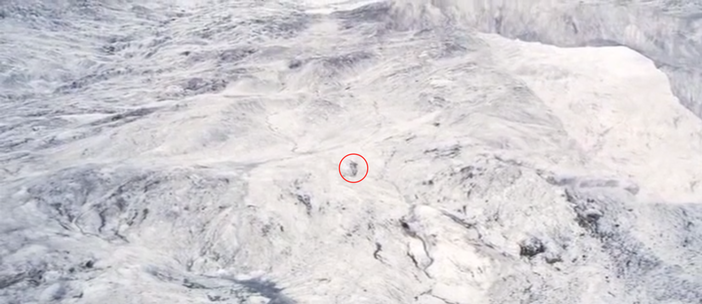
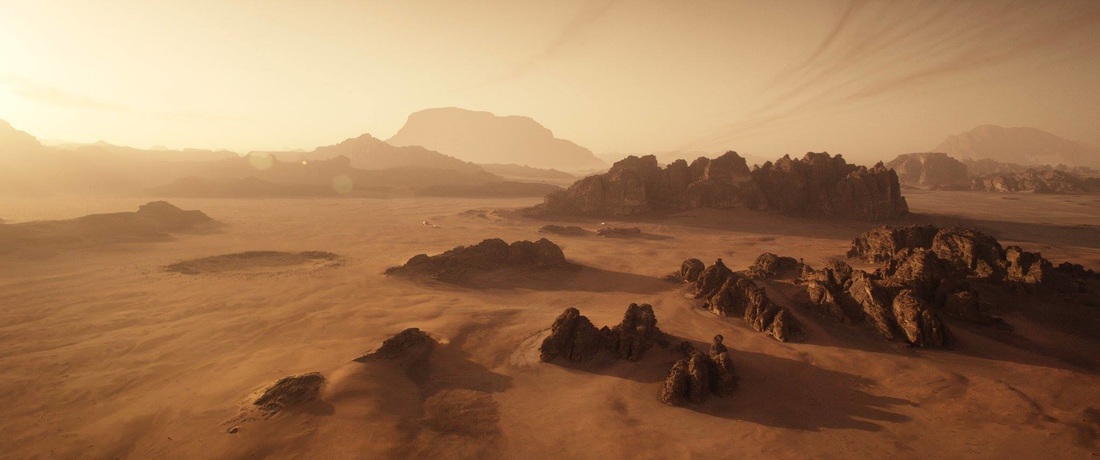
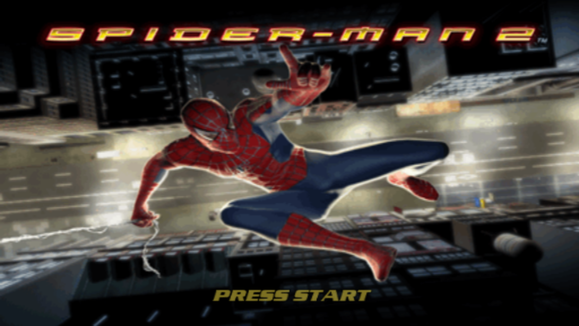

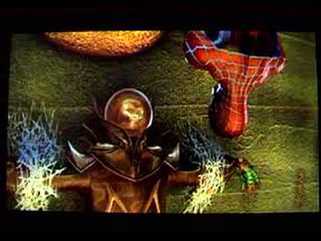
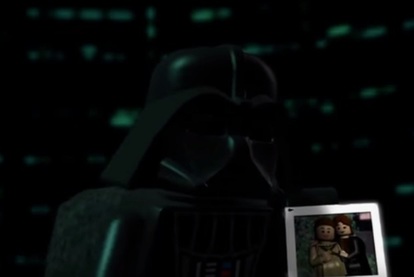
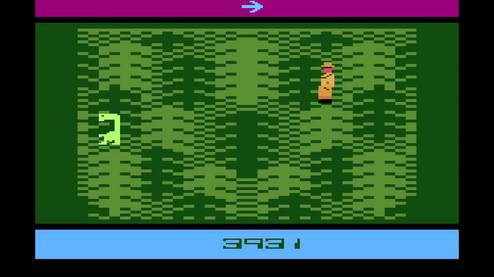
 RSS Feed
RSS Feed
